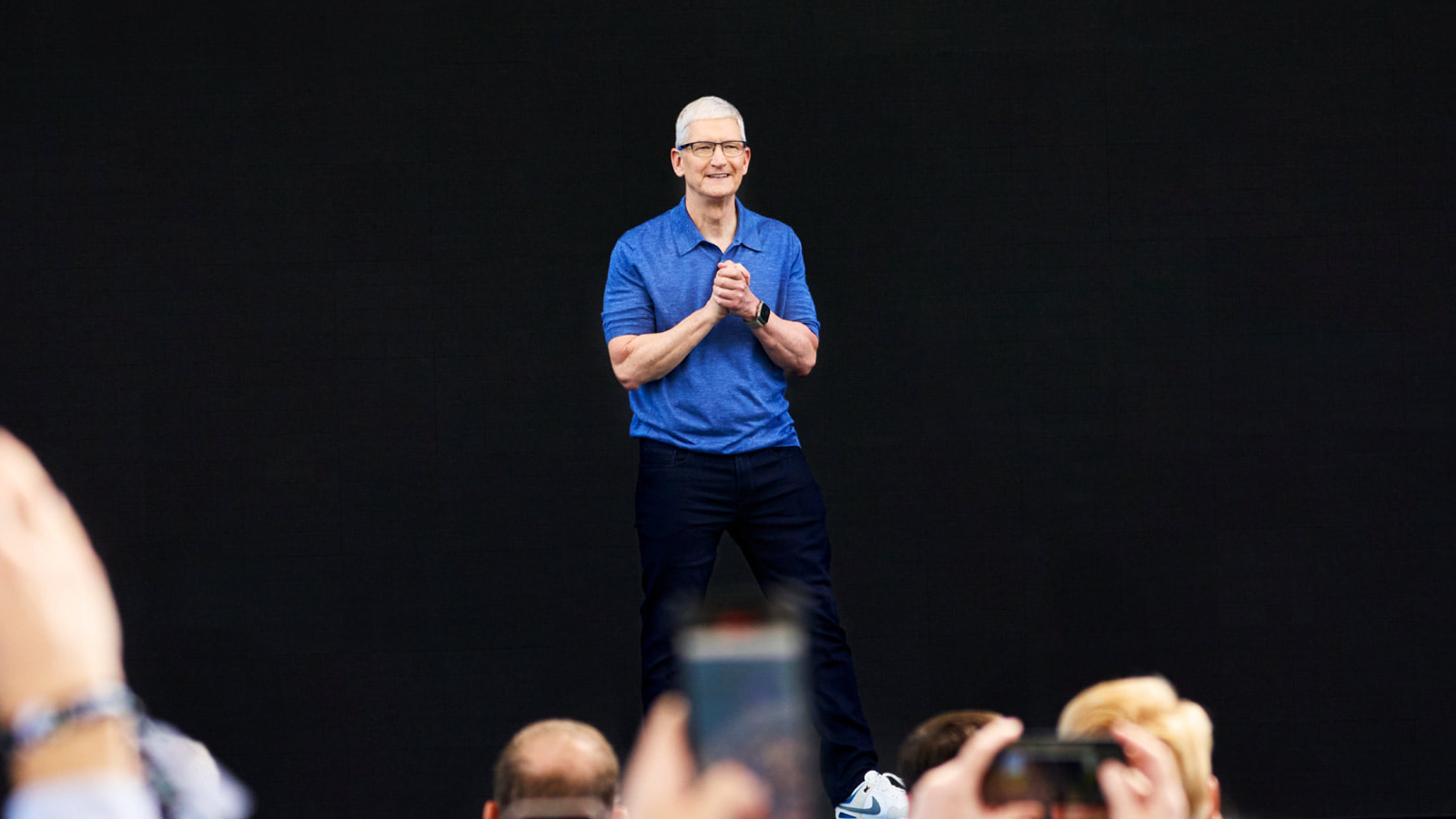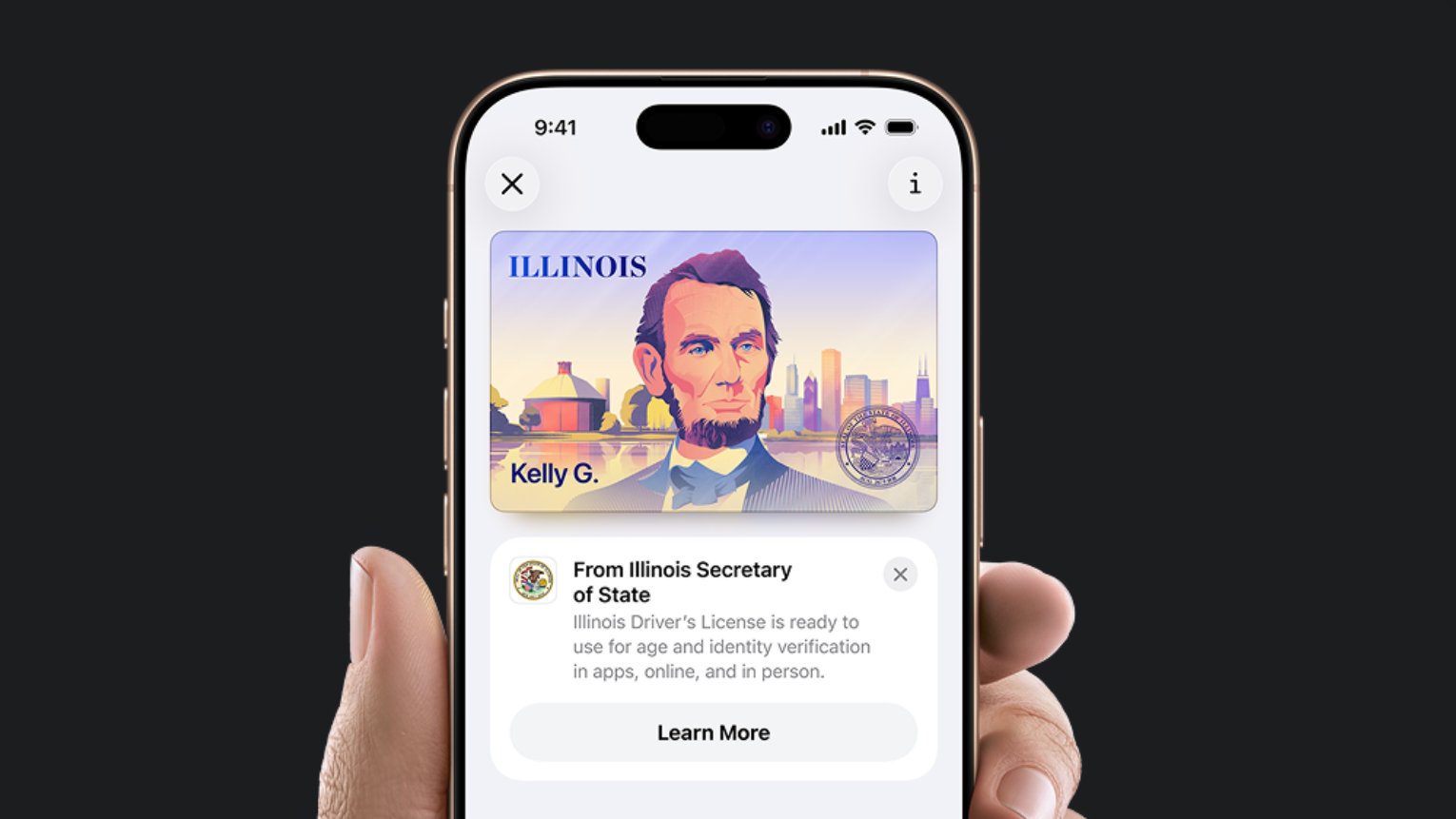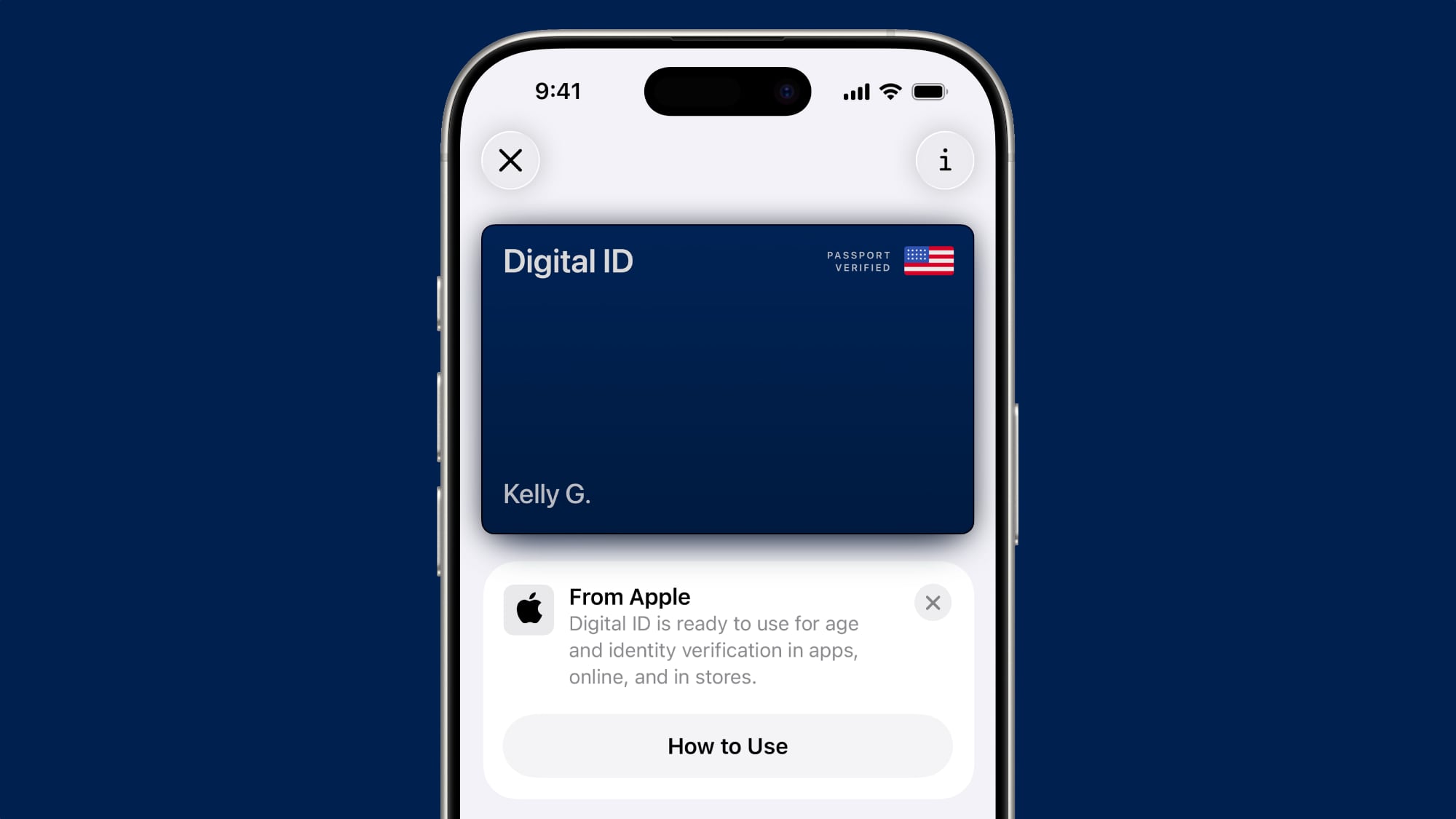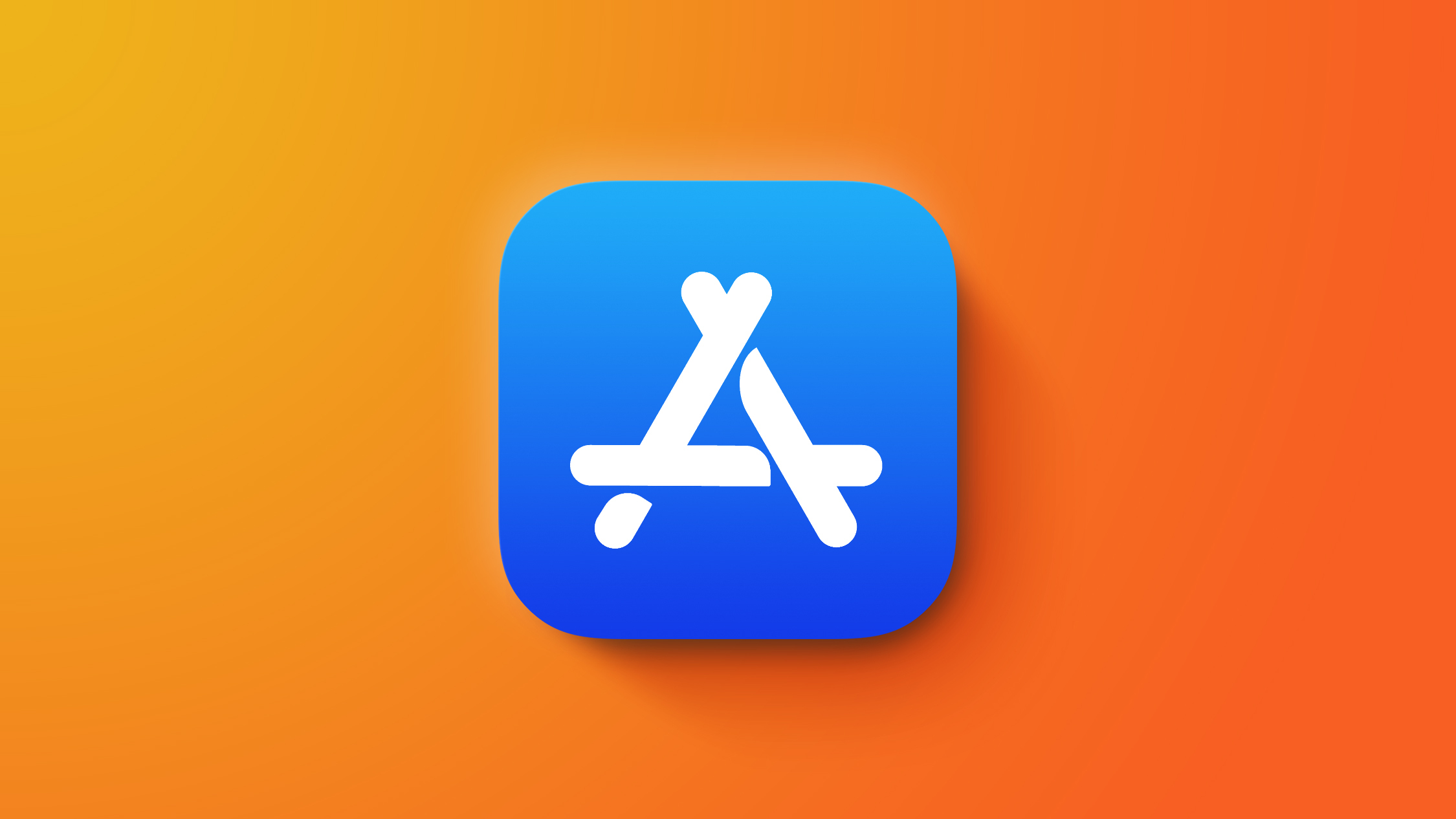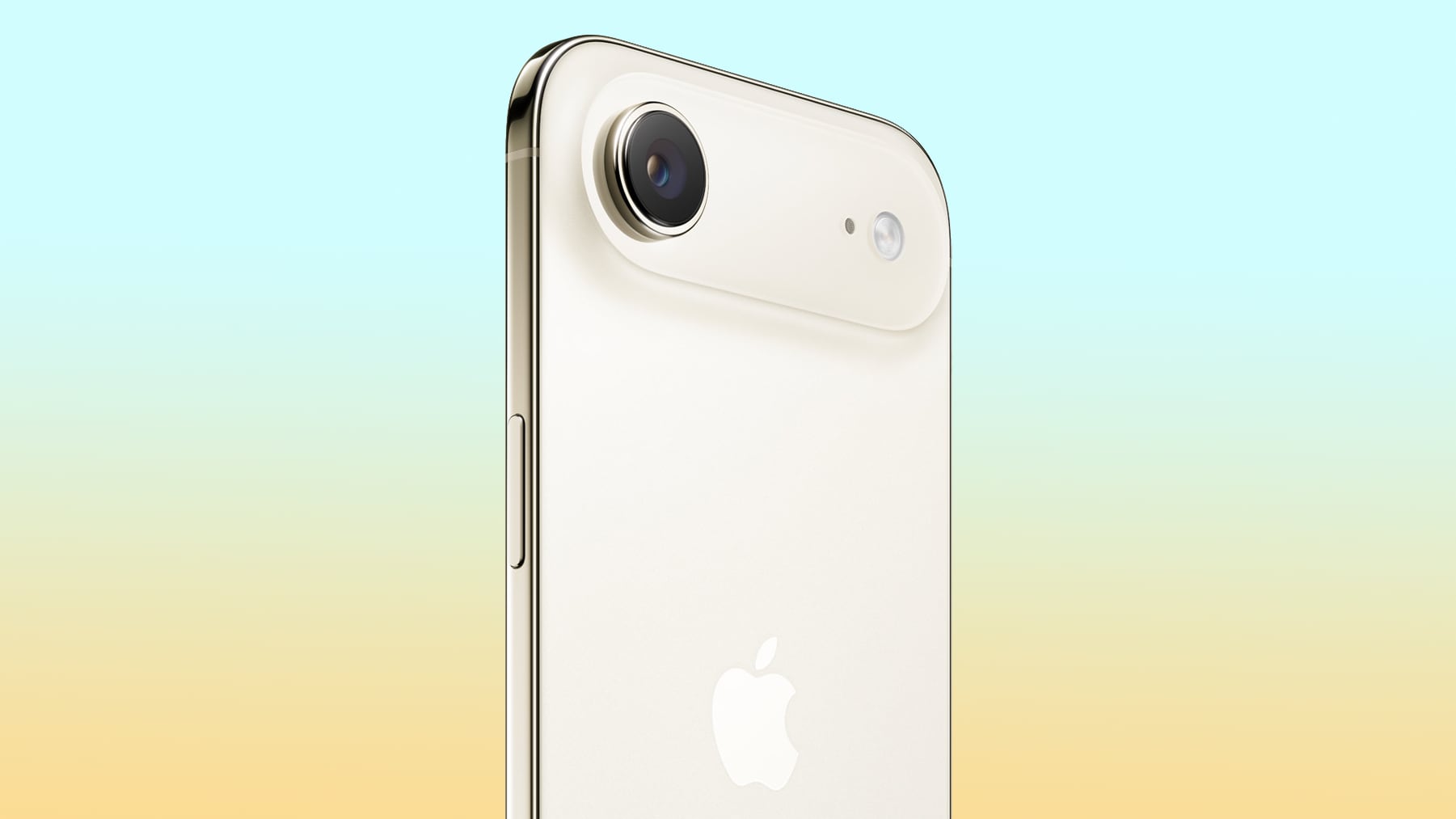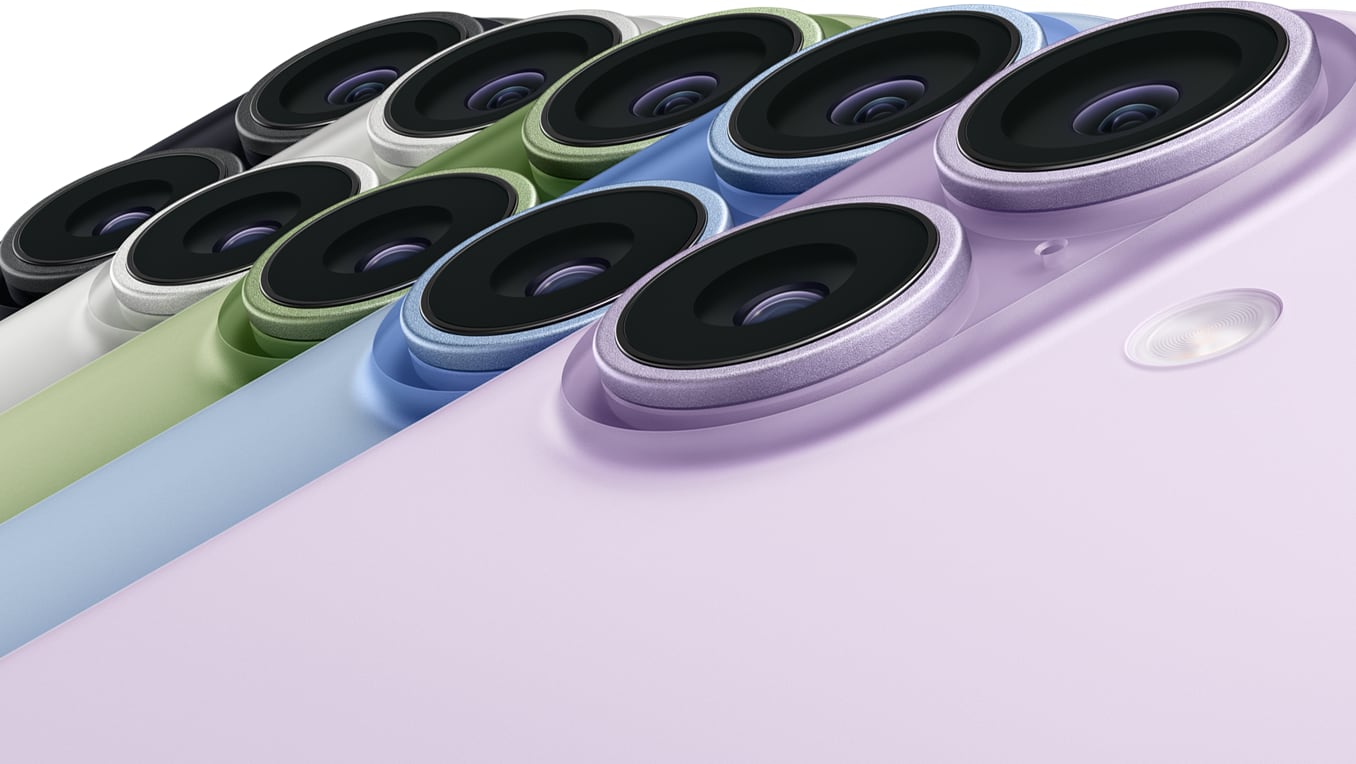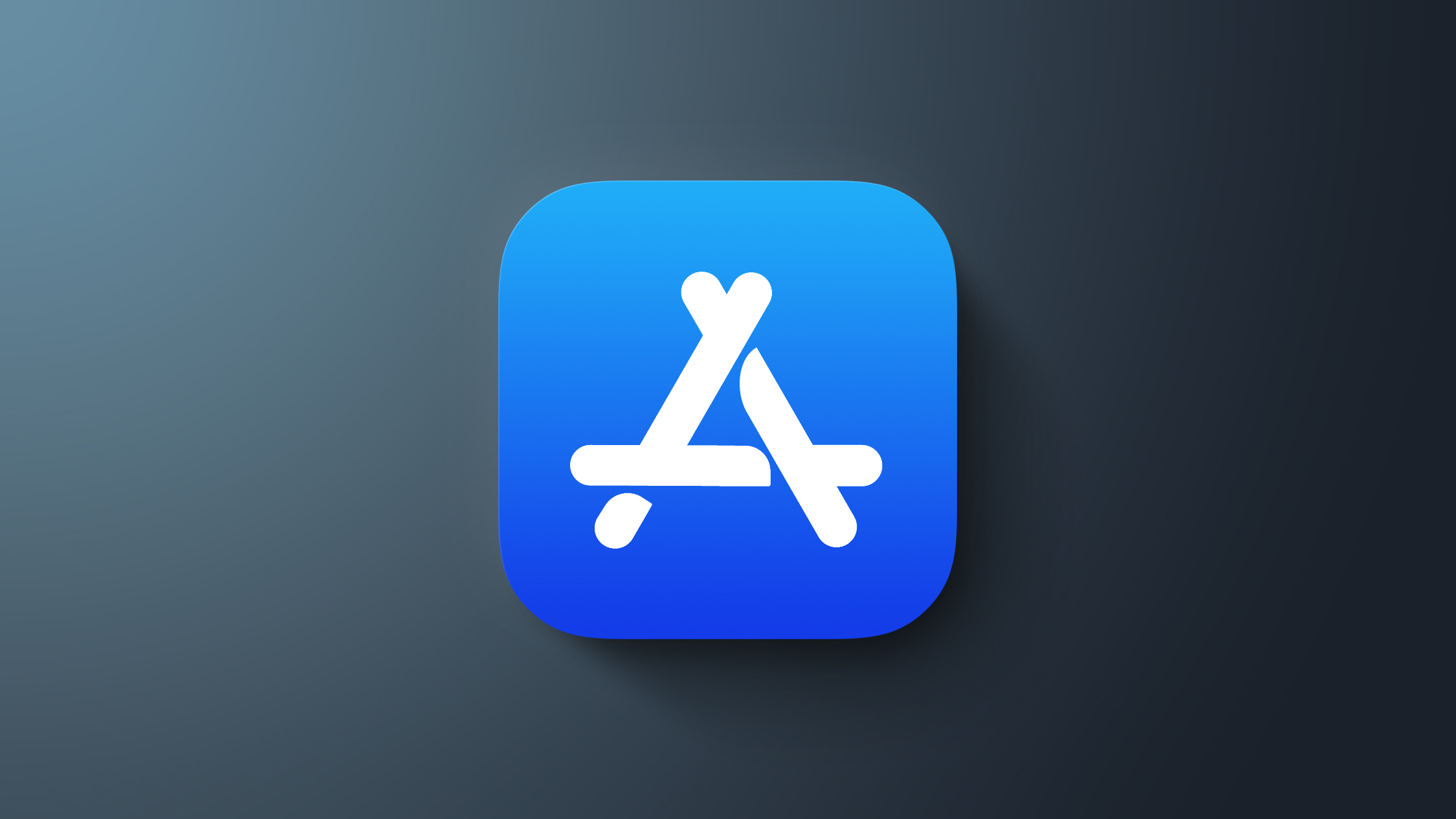With the end of 2025 near, the time has come to look back at the devices and accessories that Apple discontinued throughout the year.
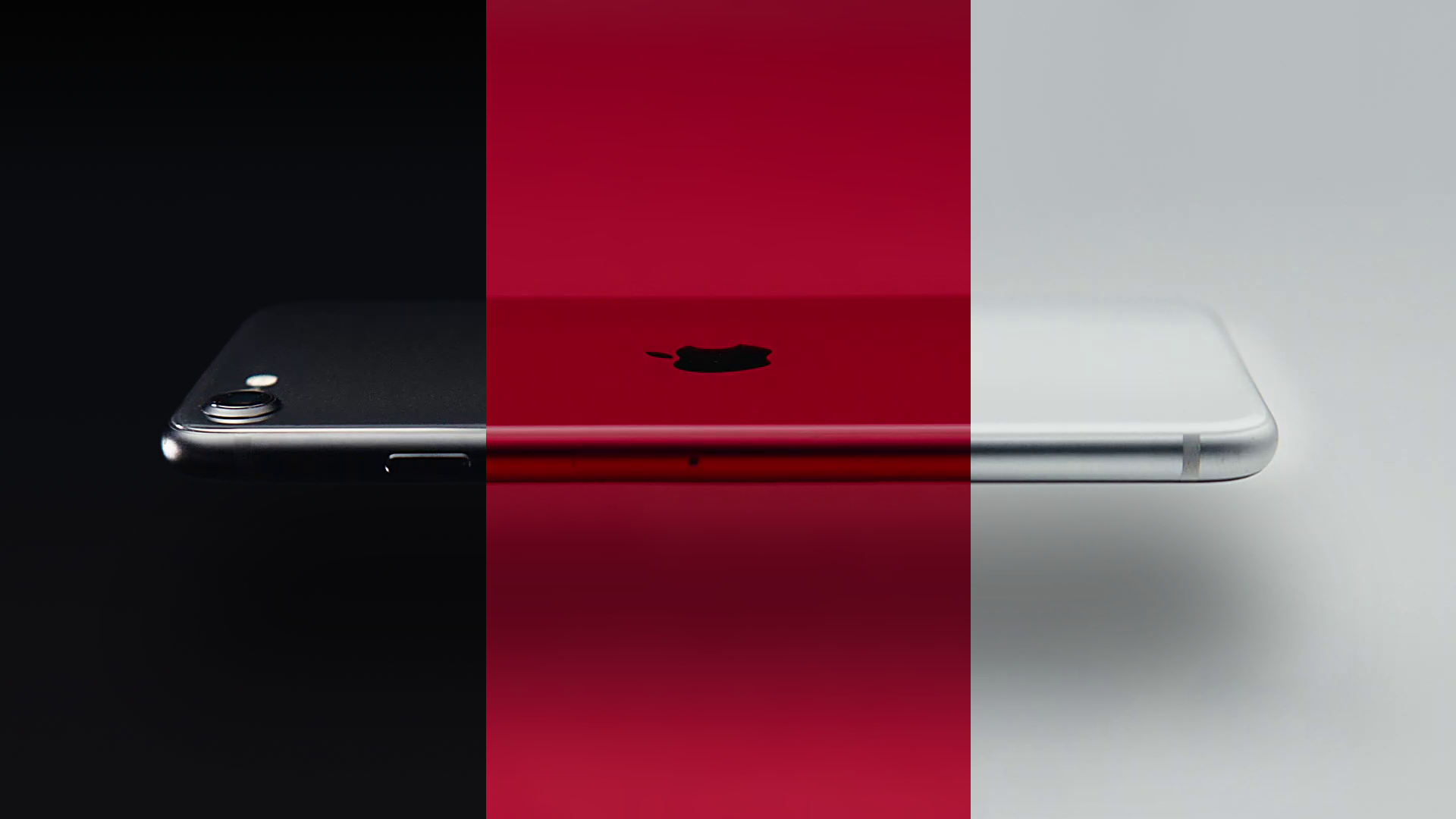
Most of the products that were discontinued this year were simply replaced by a new model with an updated chip. However, the
iPhone SE line was entirely discontinued when the
iPhone 16e launched, and the iPhone Plus line is being phased out.
Below, we have listed 25 products that were discontinued by Apple this year.
iPhones
Apple discontinued the third-generation iPhone SE in February, after introducing the iPhone 16e. As a result, Apple no longer sells any iPhone models with a Home button, Touch ID, LCD screen, a sub-6-inch screen size, or Lightning.
The original iPhone SE was released in March 2016. That model's design was largely based on the iPhone 5s, with key specs including a 4-inch display, a Touch ID home button, and an aluminum and glass frame with chamfered edges. However, the device was powered by a newer A9 chip from the iPhone 6s and iPhone 6s Plus.
Apple went on to release two more iPhone SE models in 2020 and 2022, respectively, with those devices having a similar design as the iPhone 8.
Meanwhile, the iPhone Plus has effectively been replaced by the ultra-thin iPhone Air in Apple's smartphone lineup.
Both the iPhone 14 Plus and
iPhone 15 Plus were discontinued this year, and it is only a matter of time before the iPhone 16 Plus is axed too. Apple is not expected to release another Plus model in the foreseeable future.
Here are all of the iPhone models that were discontinued this year:
- iPhone 16 Pro Max (succeeded by iPhone 17 Pro Max)
- iPhone 16 Pro (succeeded by iPhone 17 Pro)
- iPhone 15 Plus
- iPhone 15
- iPhone 14 Plus
- iPhone 14
- iPhone SE (succeeded by iPhone 16e)
iPads
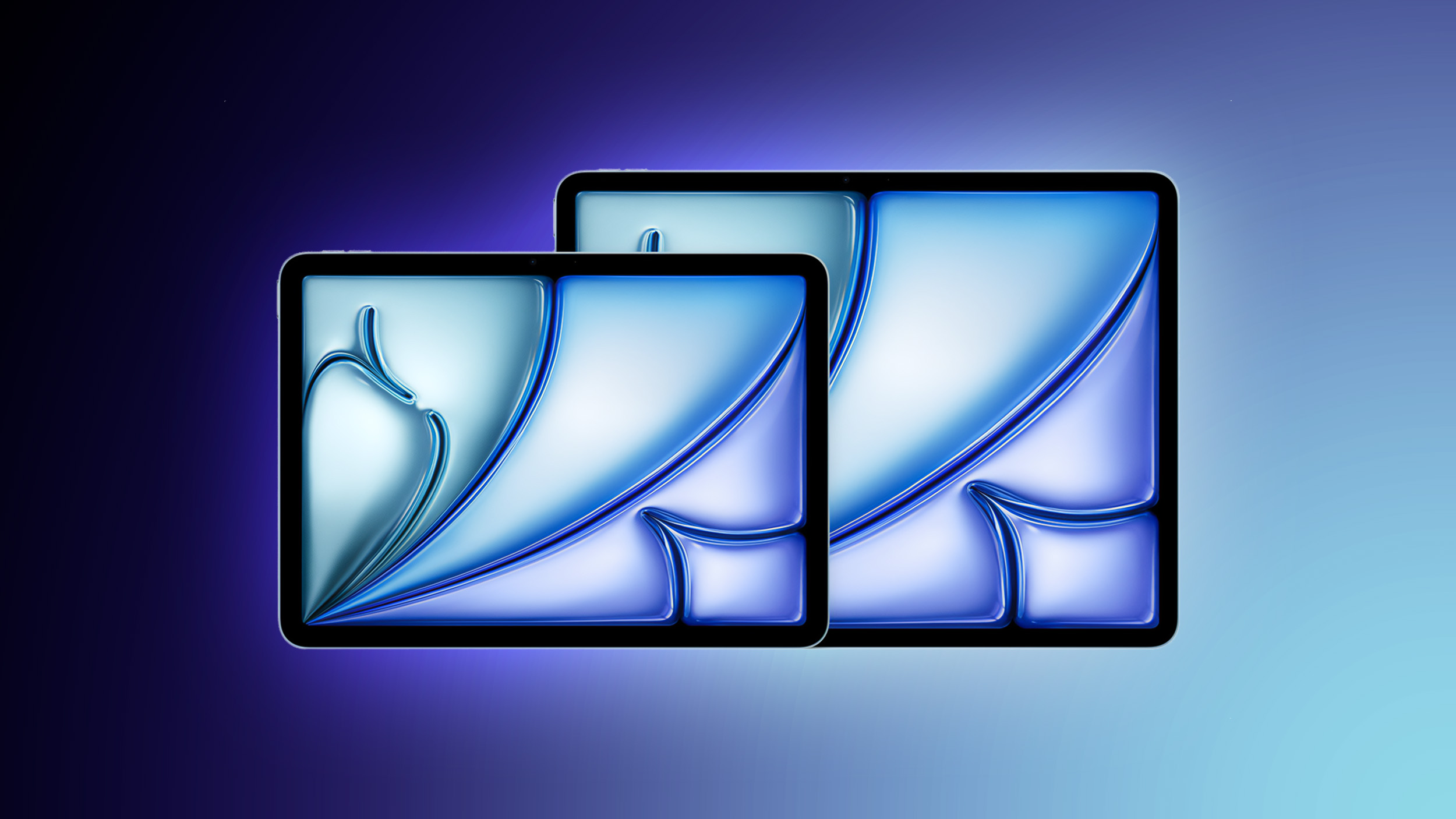
It was a spec-bump year for the iPad lineup, with the iPad Pro, iPad Air, and entry-level iPad all receiving faster chips, but no major design changes.
Here are all of the iPad models that were discontinued this year:
- iPad Pro with M4 chip (updated with M5 chip)
- iPad Air with M2 chip (updated with M3 chip)
- iPad 10 (updated with A16 chip)
Apple Watches
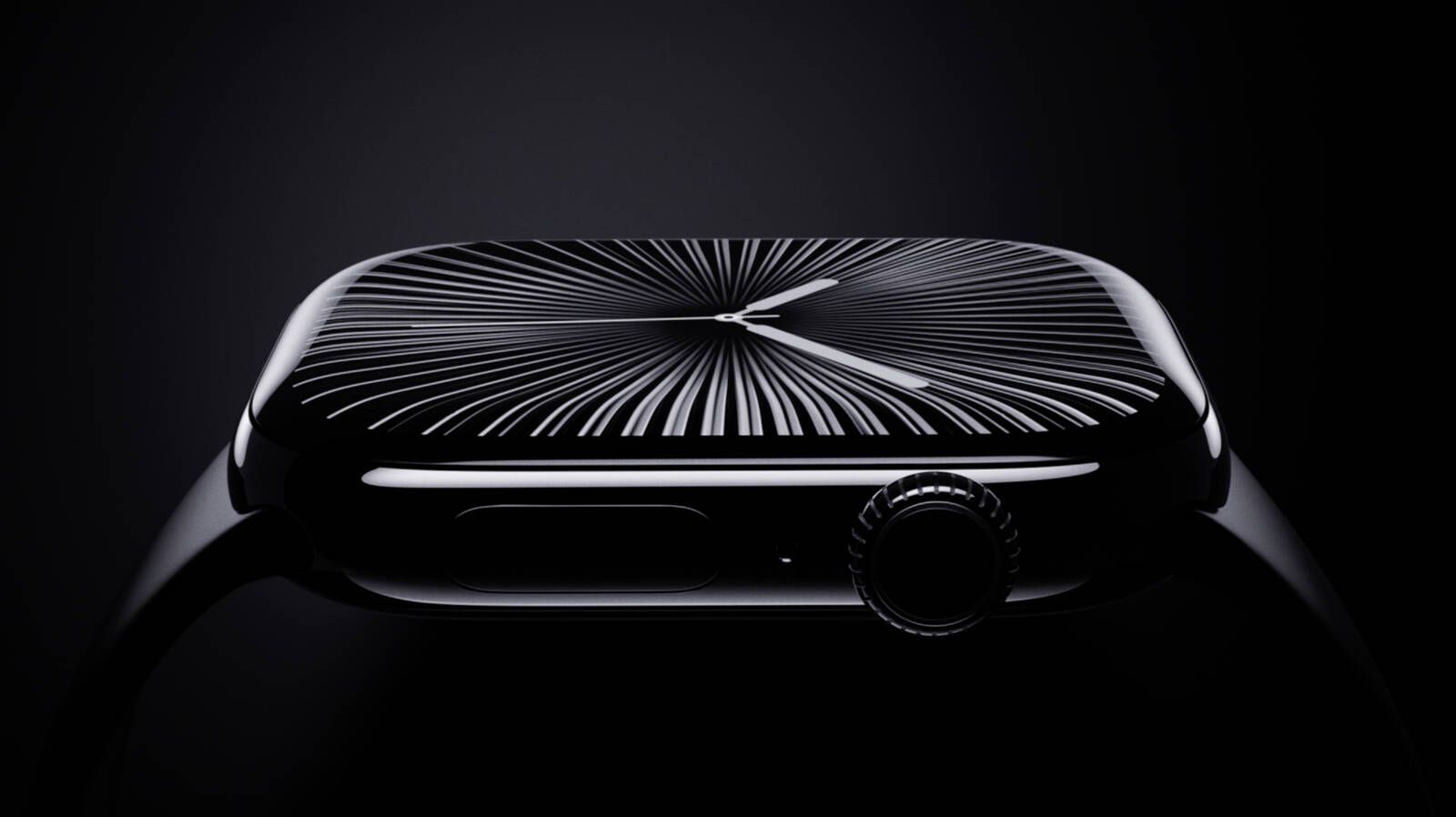
Apple Watch Series 11 is a
very minor upgrade over the now-discontinued Series 10, but the Apple Watch Ultra 3 and Apple Watch SE 3 offer some more meaningful changes.
None of the latest Apple Watch models received a new chip, though.
Here are all of the Apple Watch models that were discontinued this year:
- Apple Watch Ultra 2 (succeeded by Apple Watch Ultra 3)
- Apple Watch Series 10 (succeeded by Apple Watch Series 11)
- Apple Watch SE 2 (succeeded by Apple Watch SE 3)
Macs
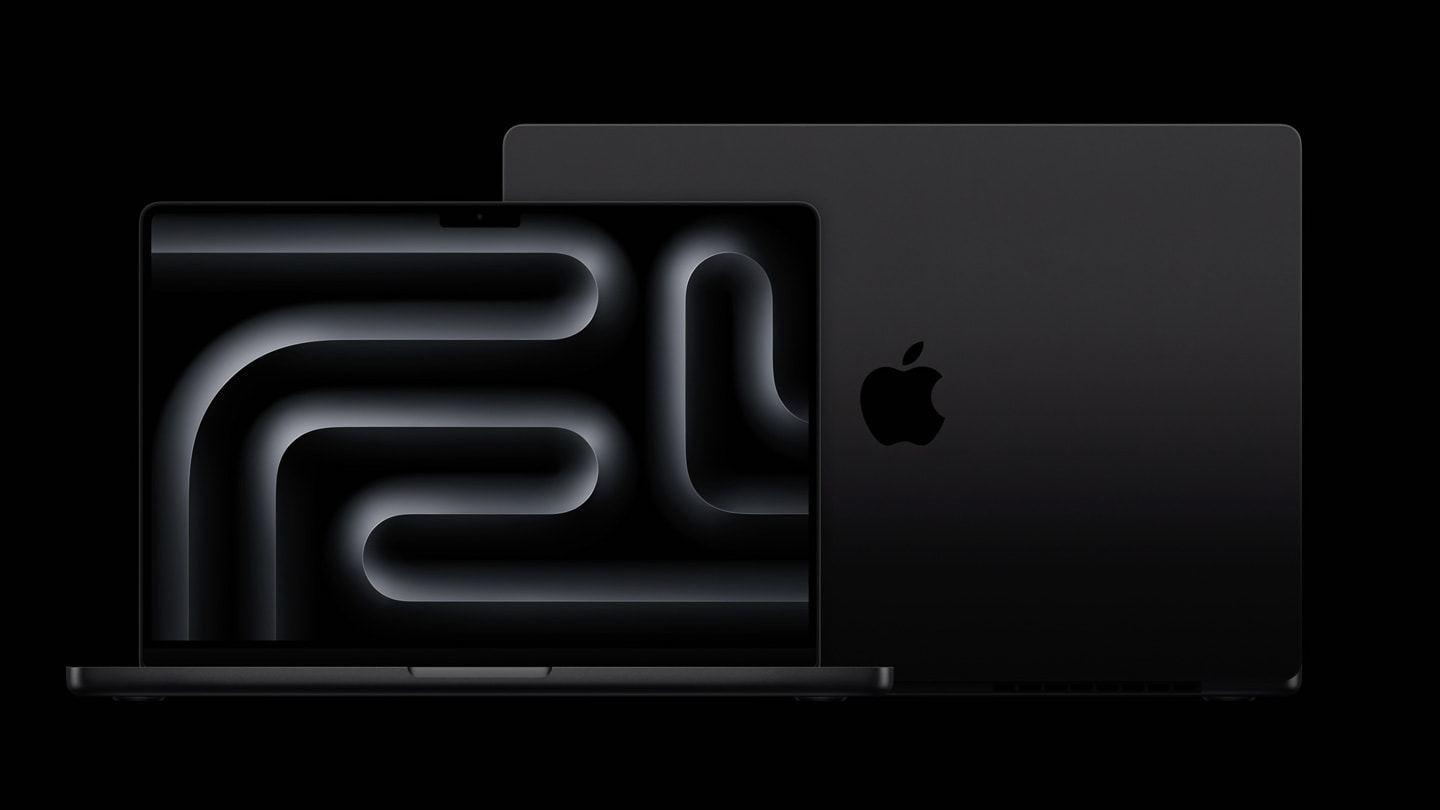
Here are all of the Mac models that were discontinued this year:
- Mac Studio with M2 Max and M2 Ultra chips (updated with M4 Max and M3 Ultra chips)
- 14-inch MacBook Pro with M4 chip (updated with M5 chip)
- 13-inch and 15-inch MacBook Air with M3 chip (updated with M4 chip)
- 13-inch MacBook Air with M2 chip
Other
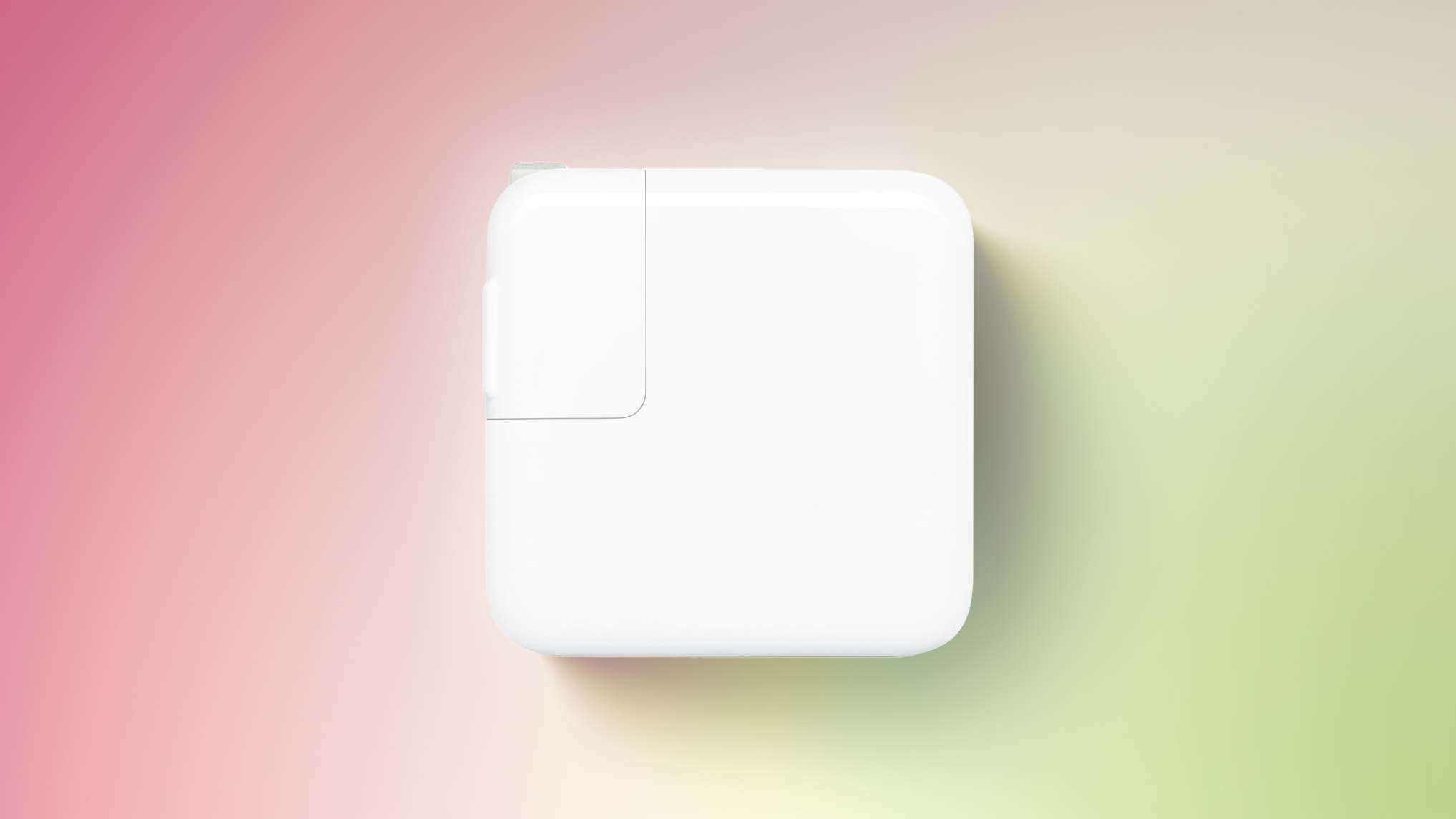
Here are other Apple products and accessories that were discontinued this year:
* In the U.S., U.K., Canada, Japan, and
select other countries only.
Did we miss anything? Let us know in the comments section.
This article, "
Apple Discontinued These 25 Products This Year" first appeared on
MacRumors.comDiscuss this article in our forums

